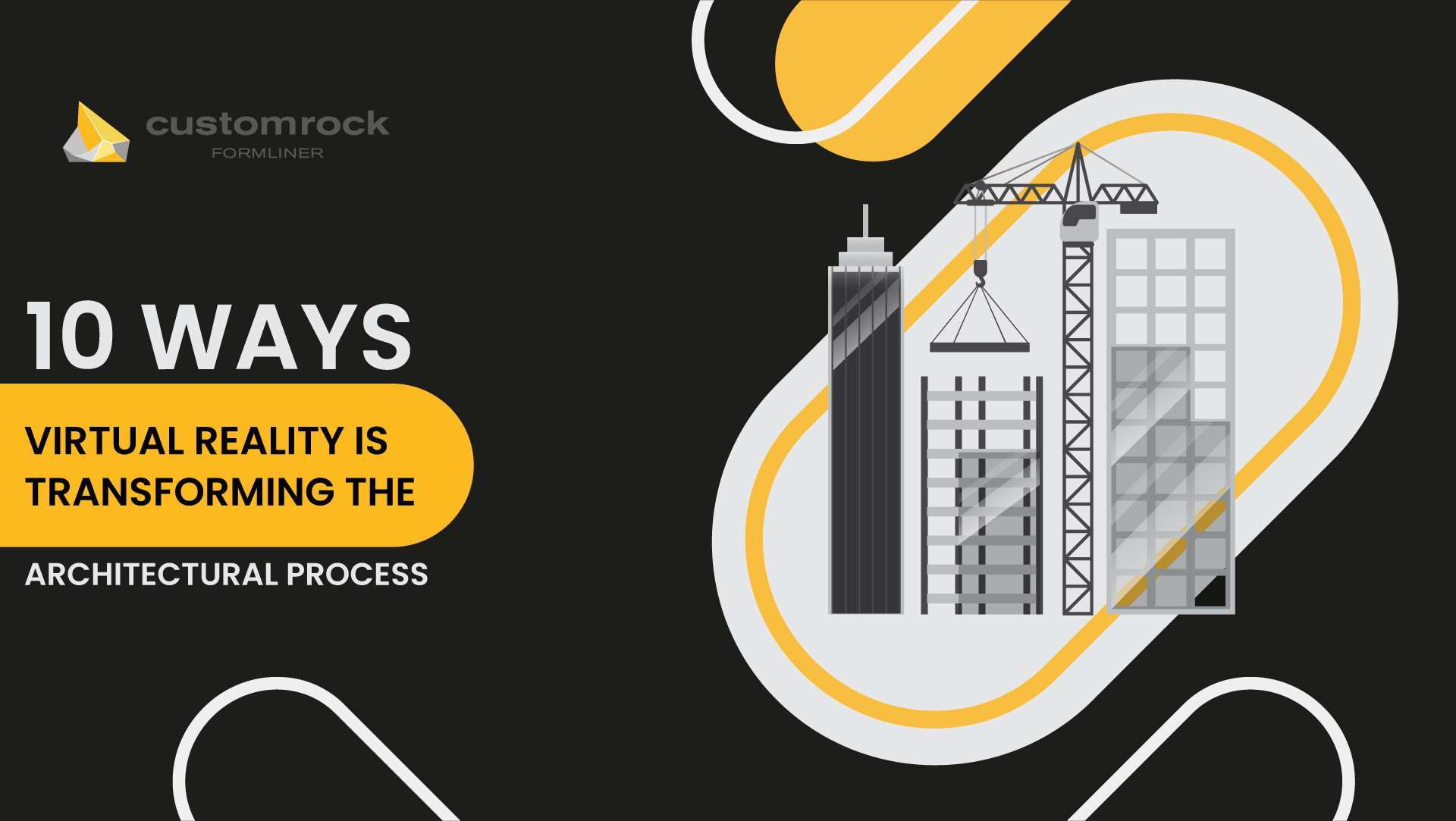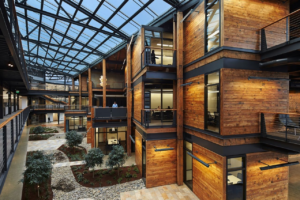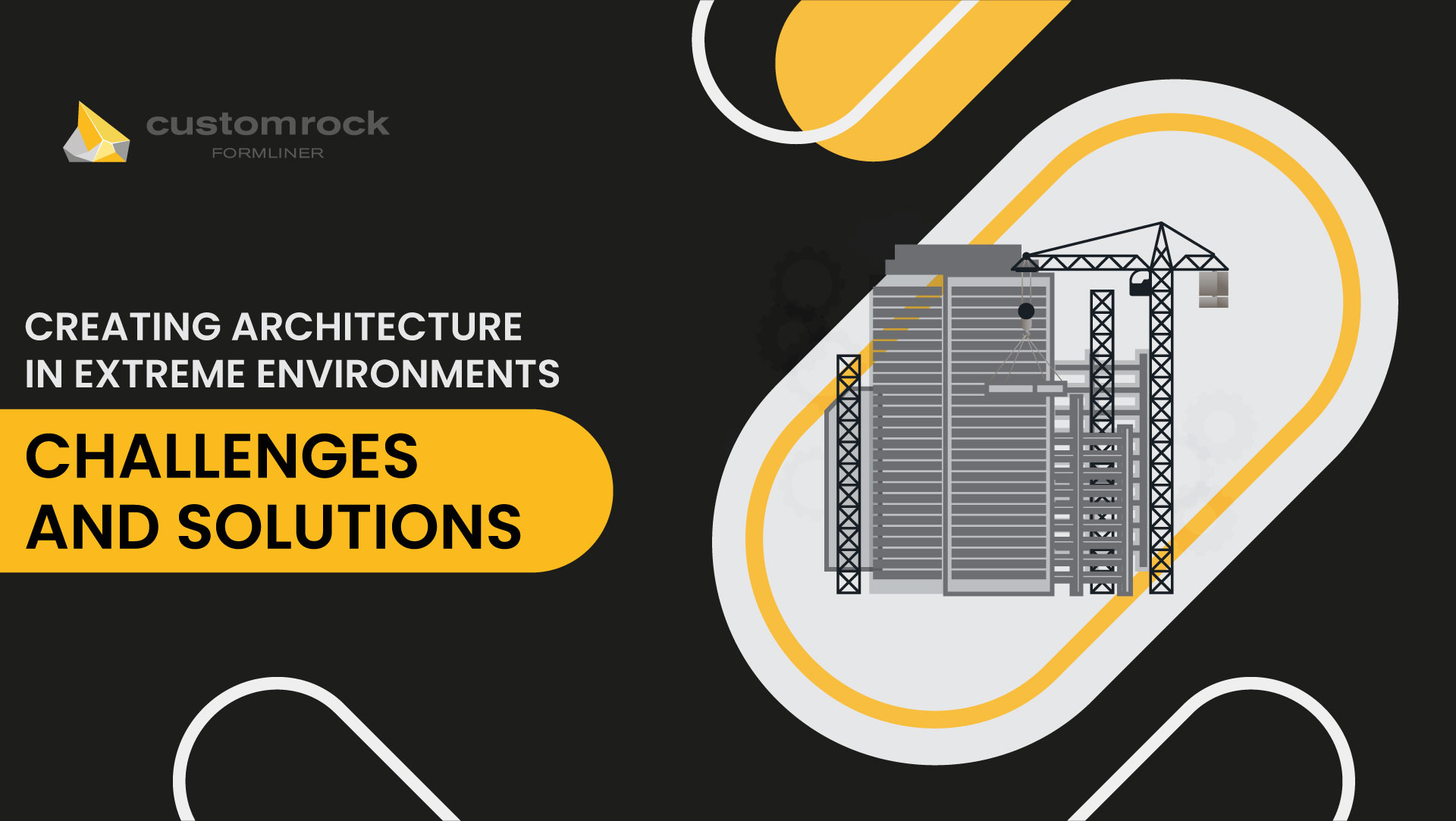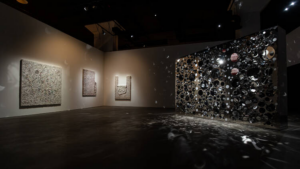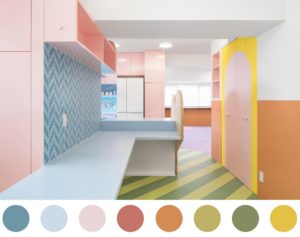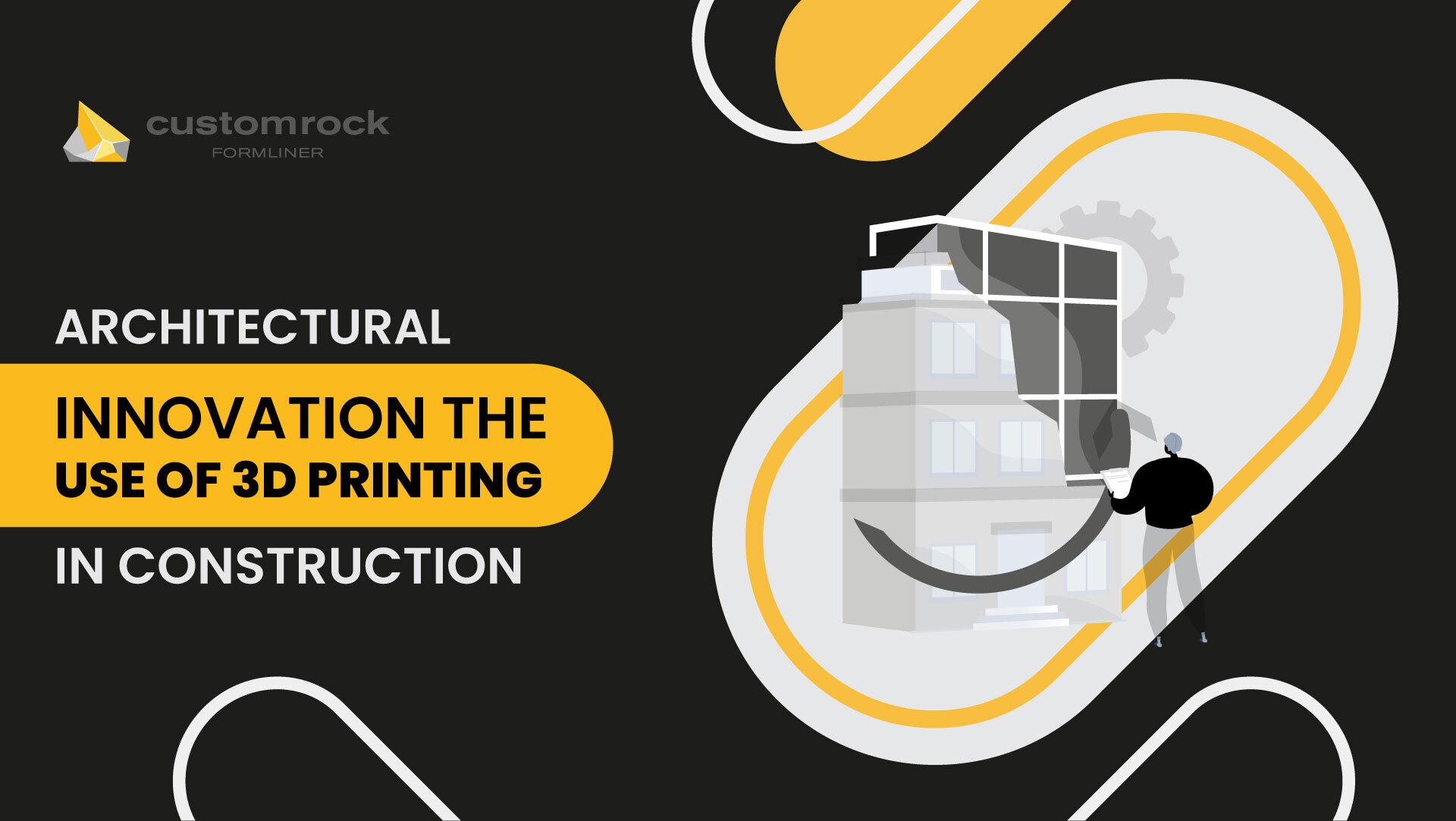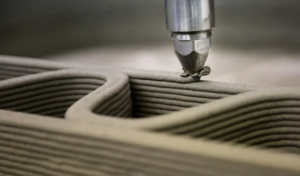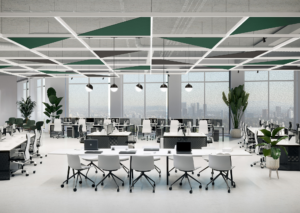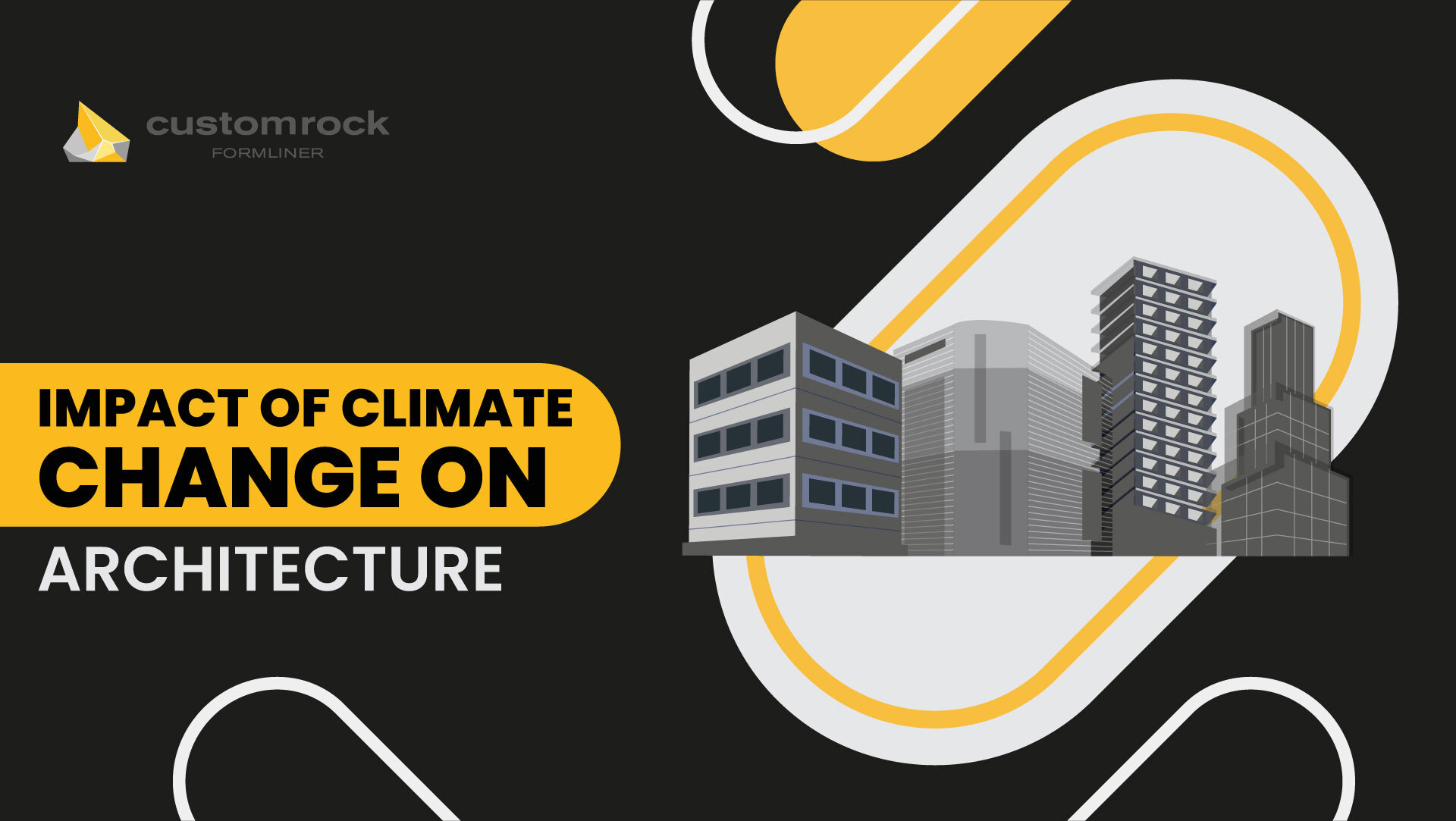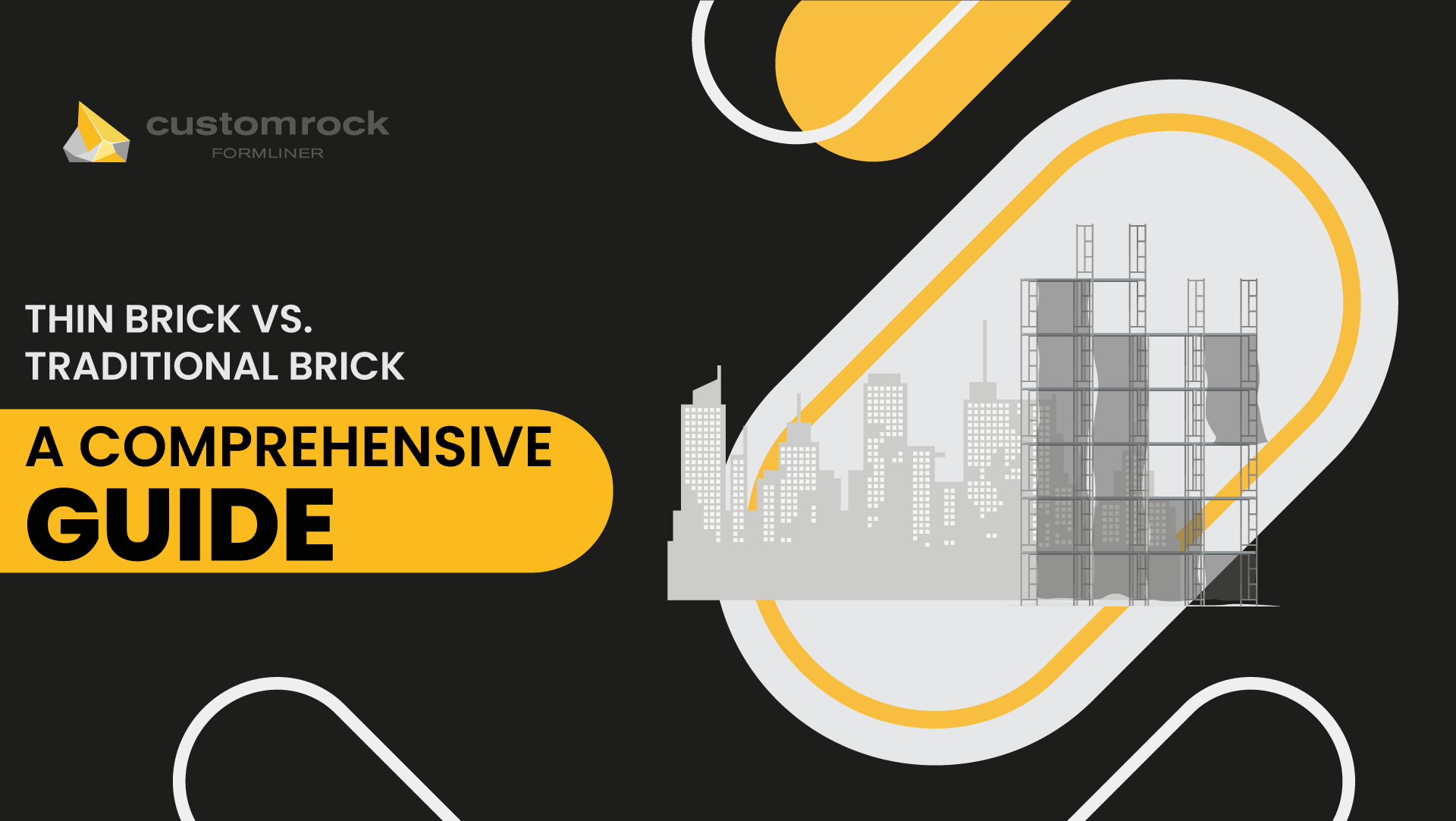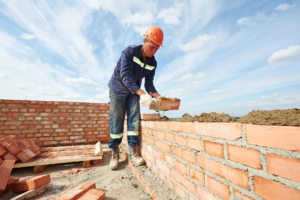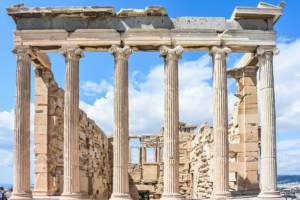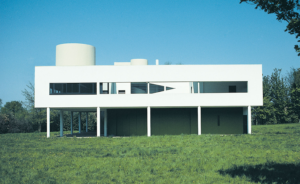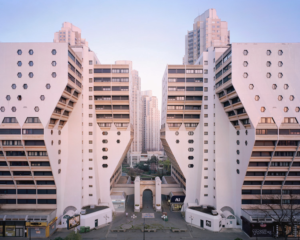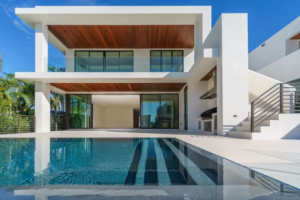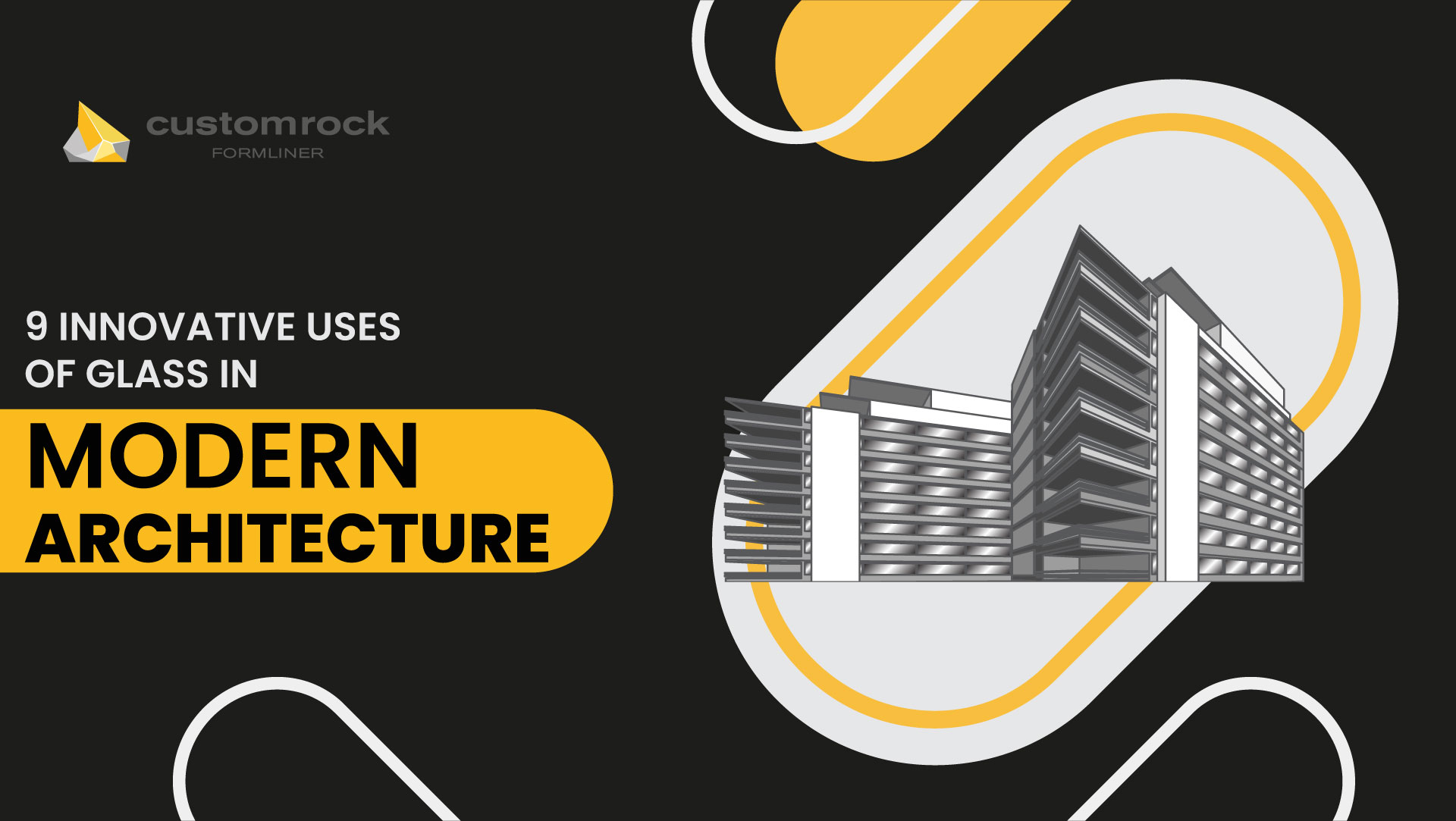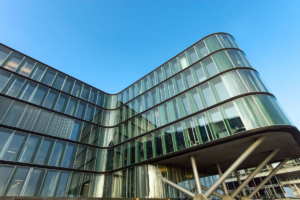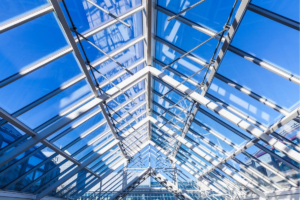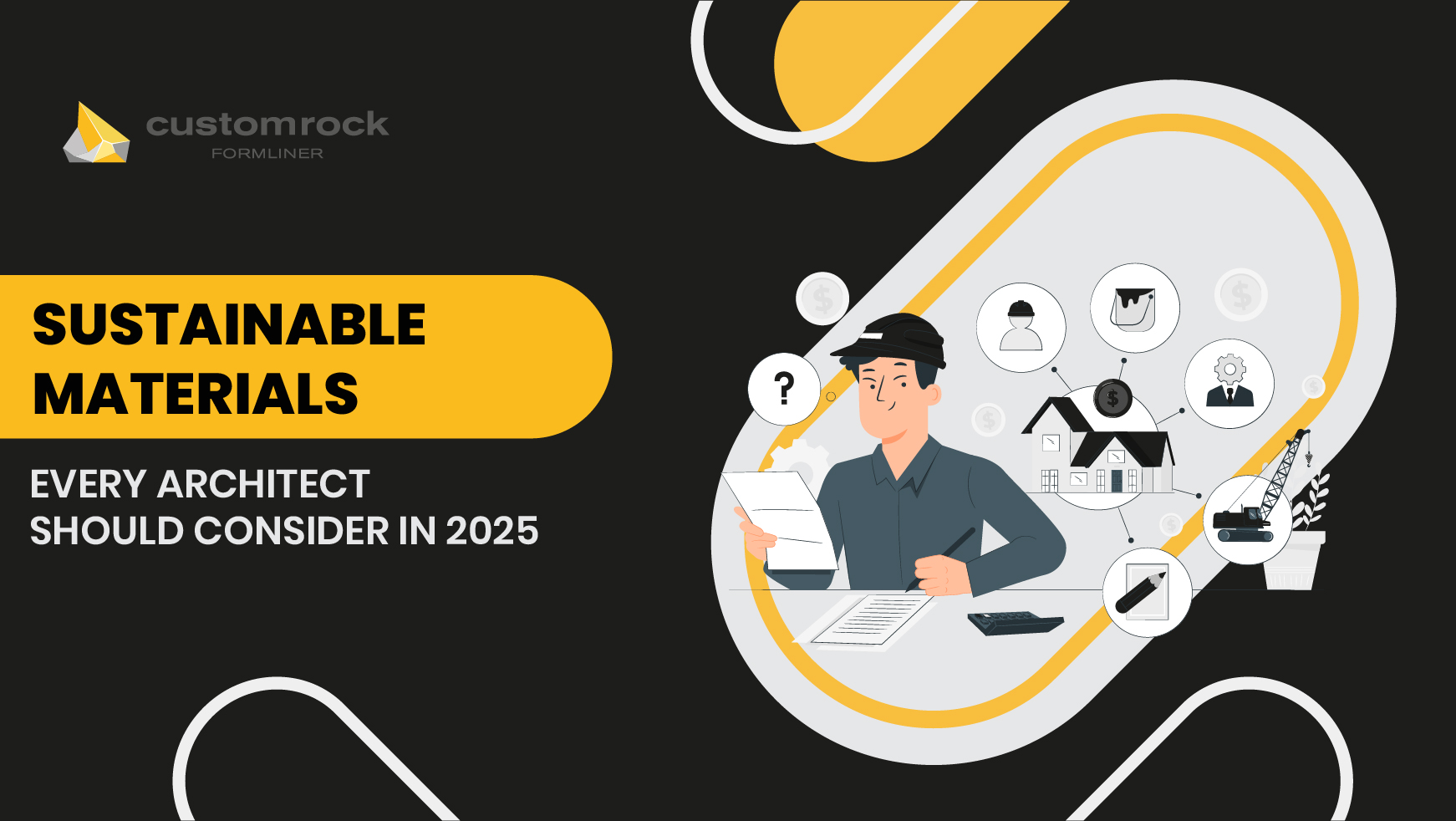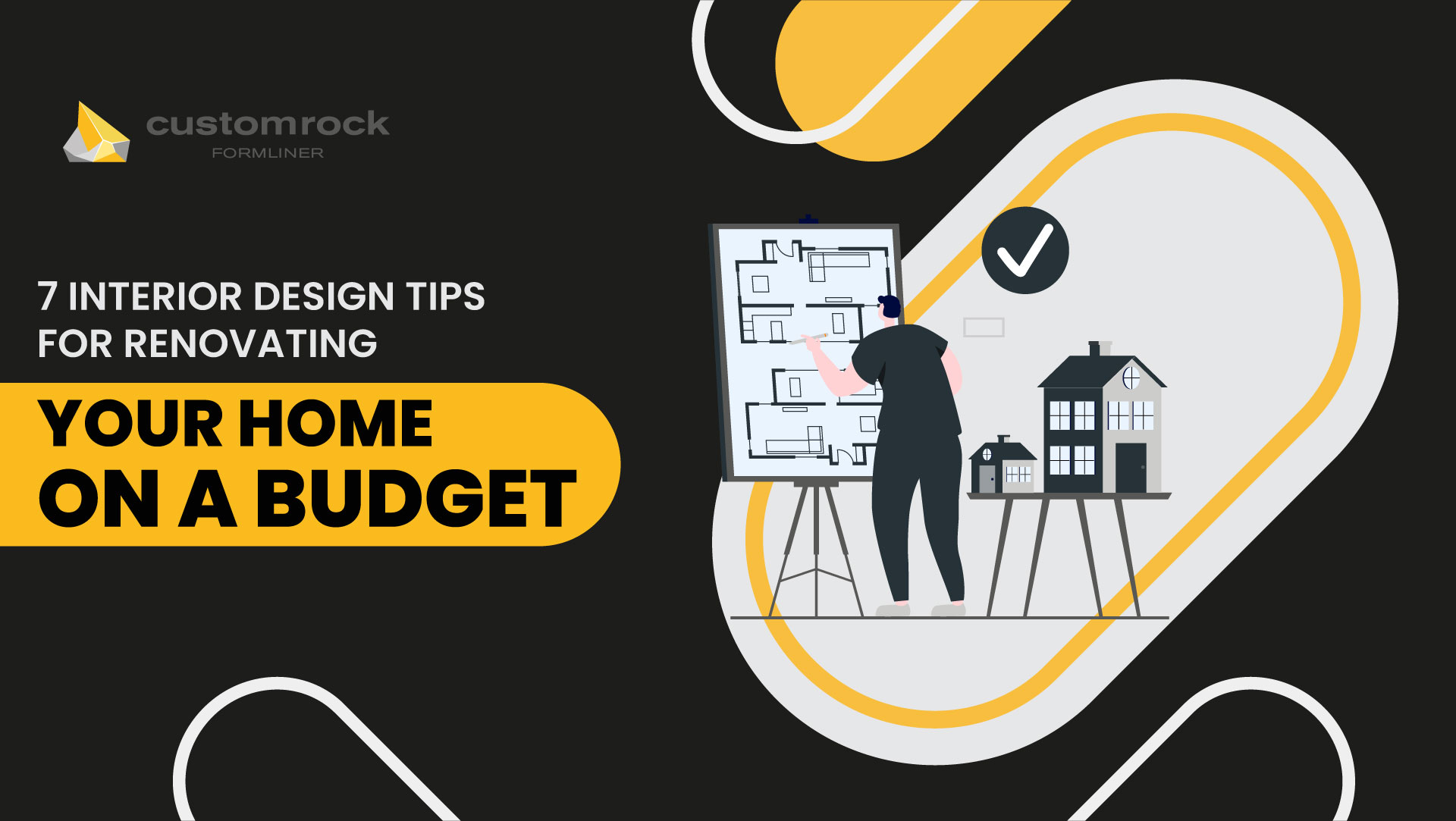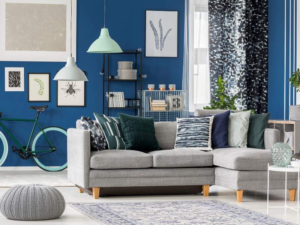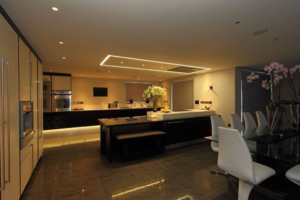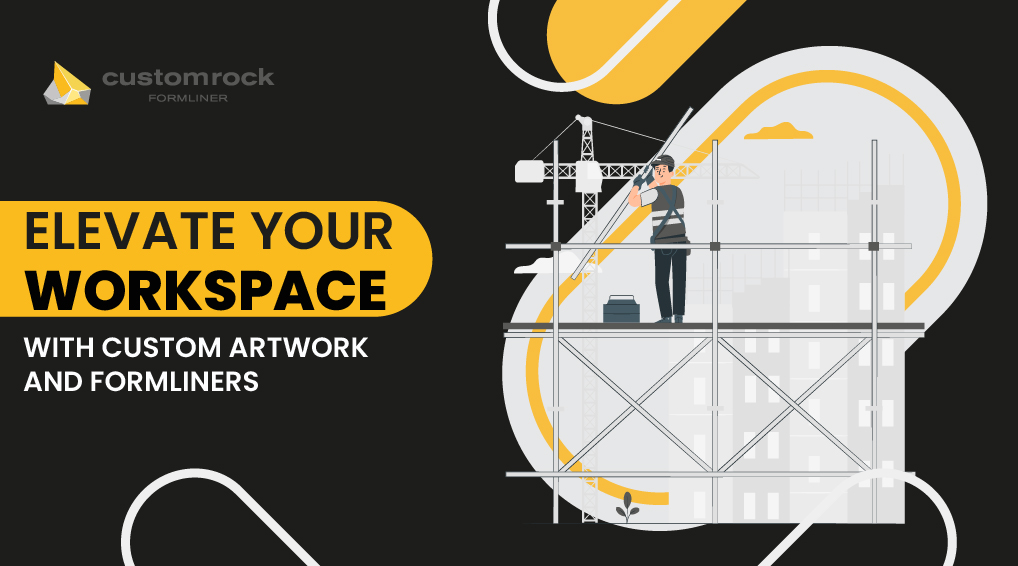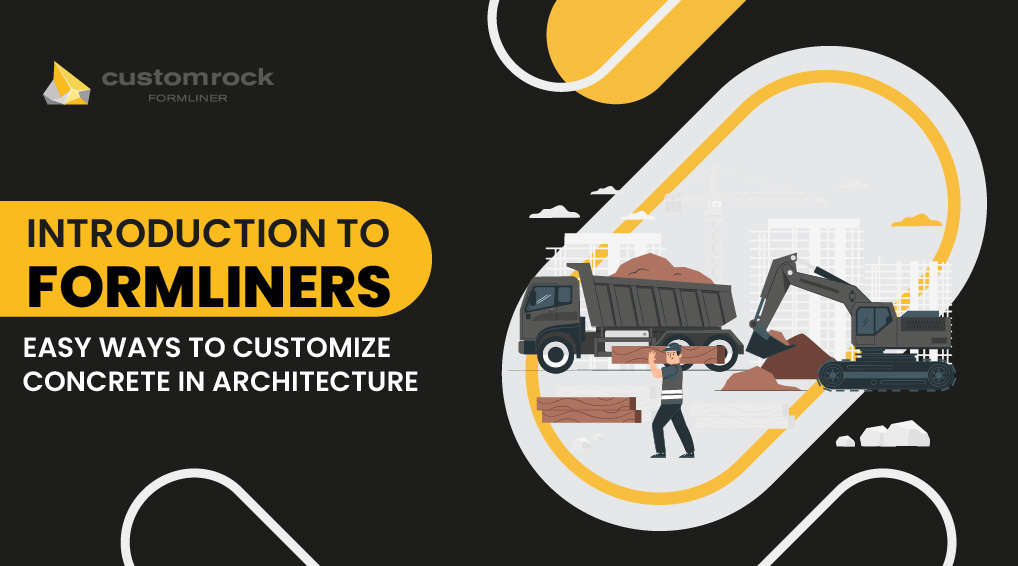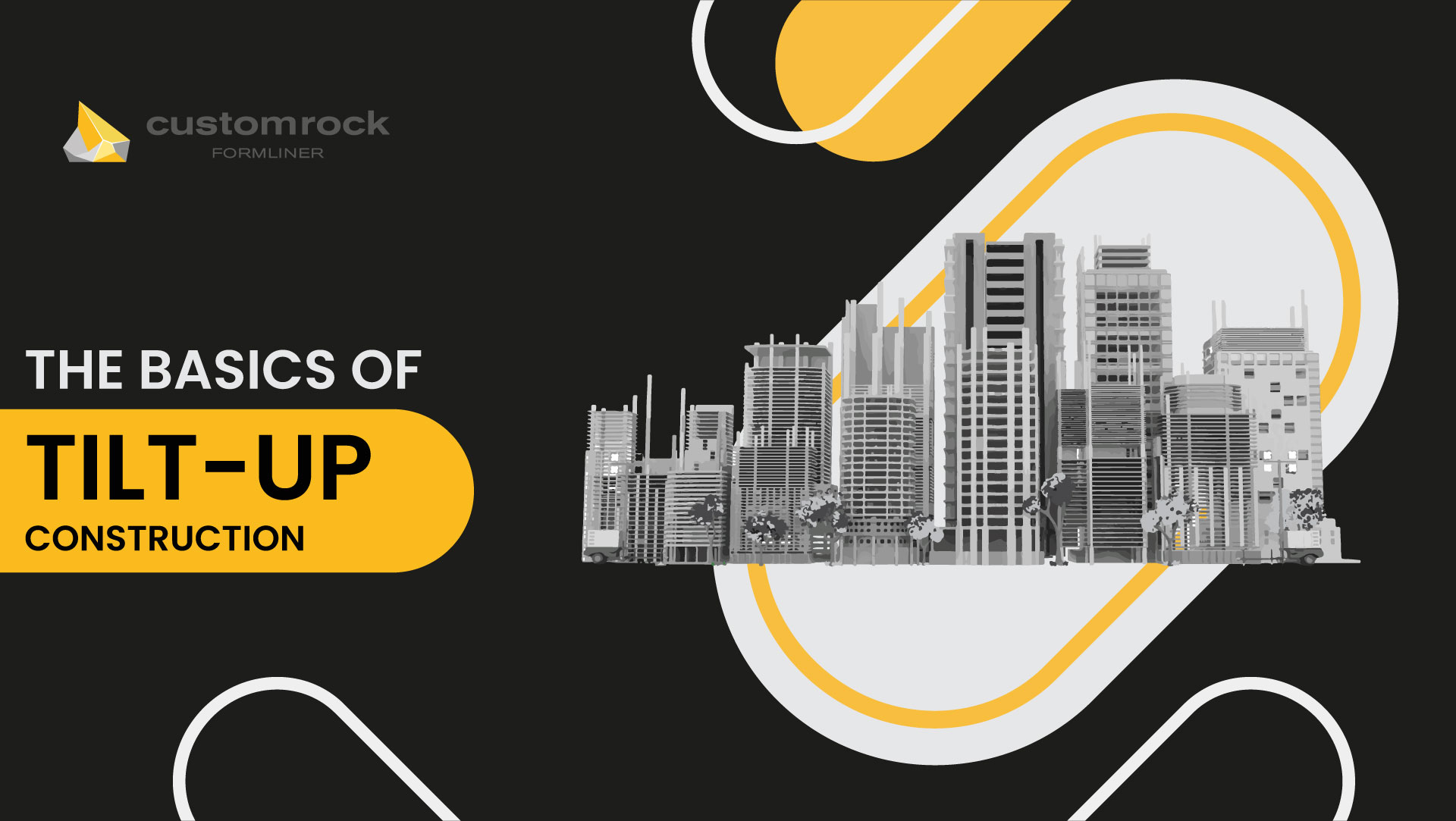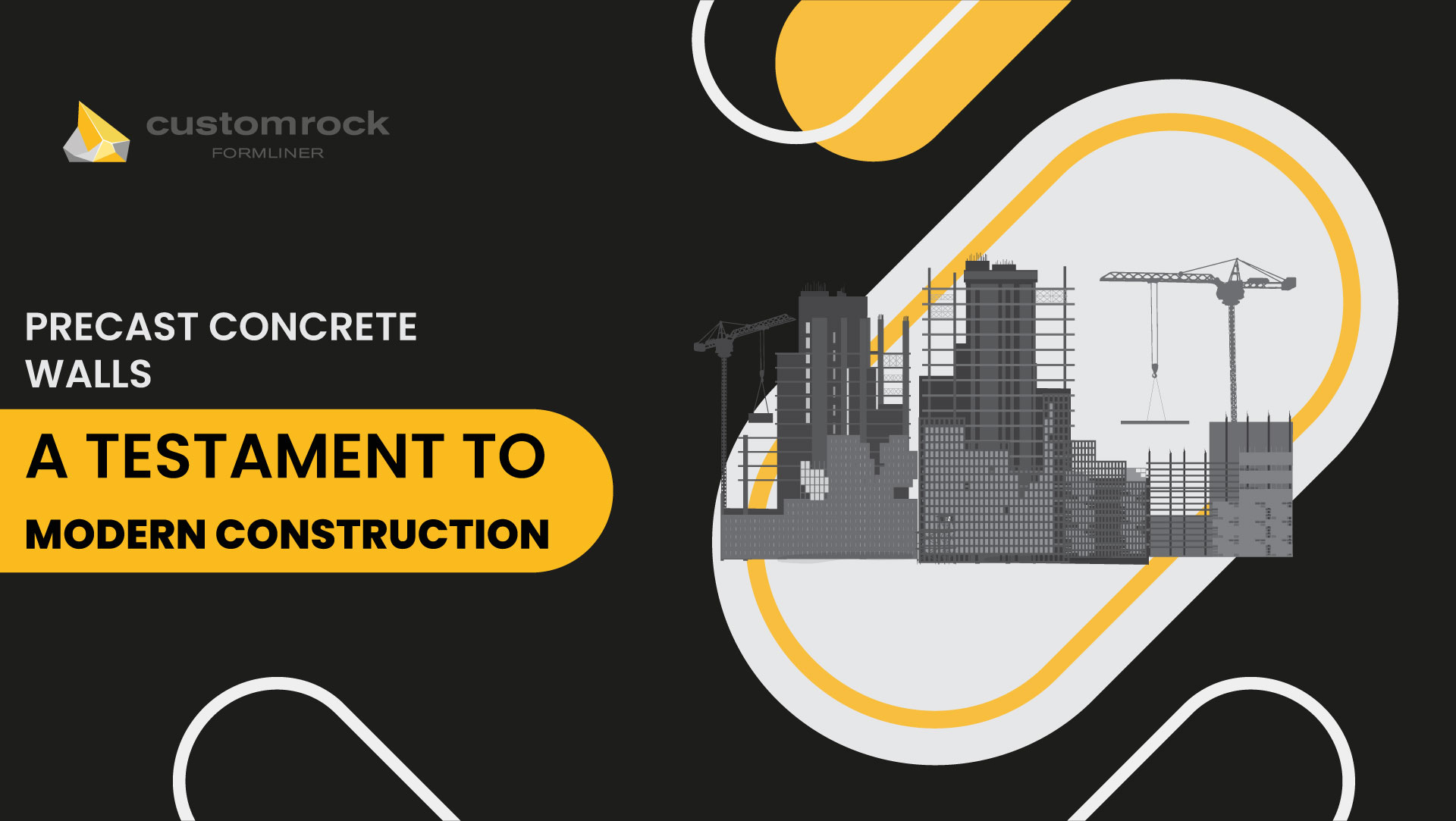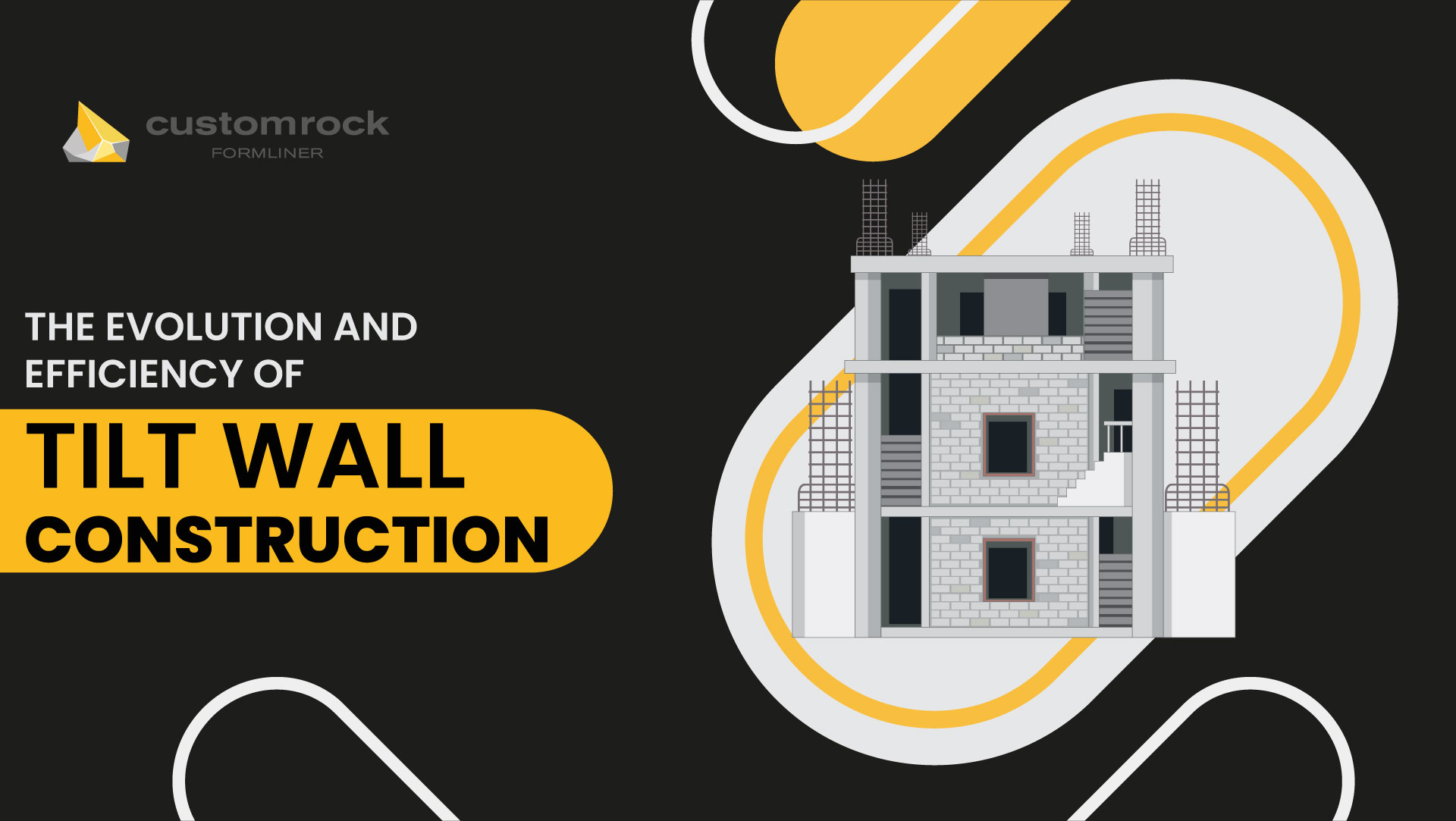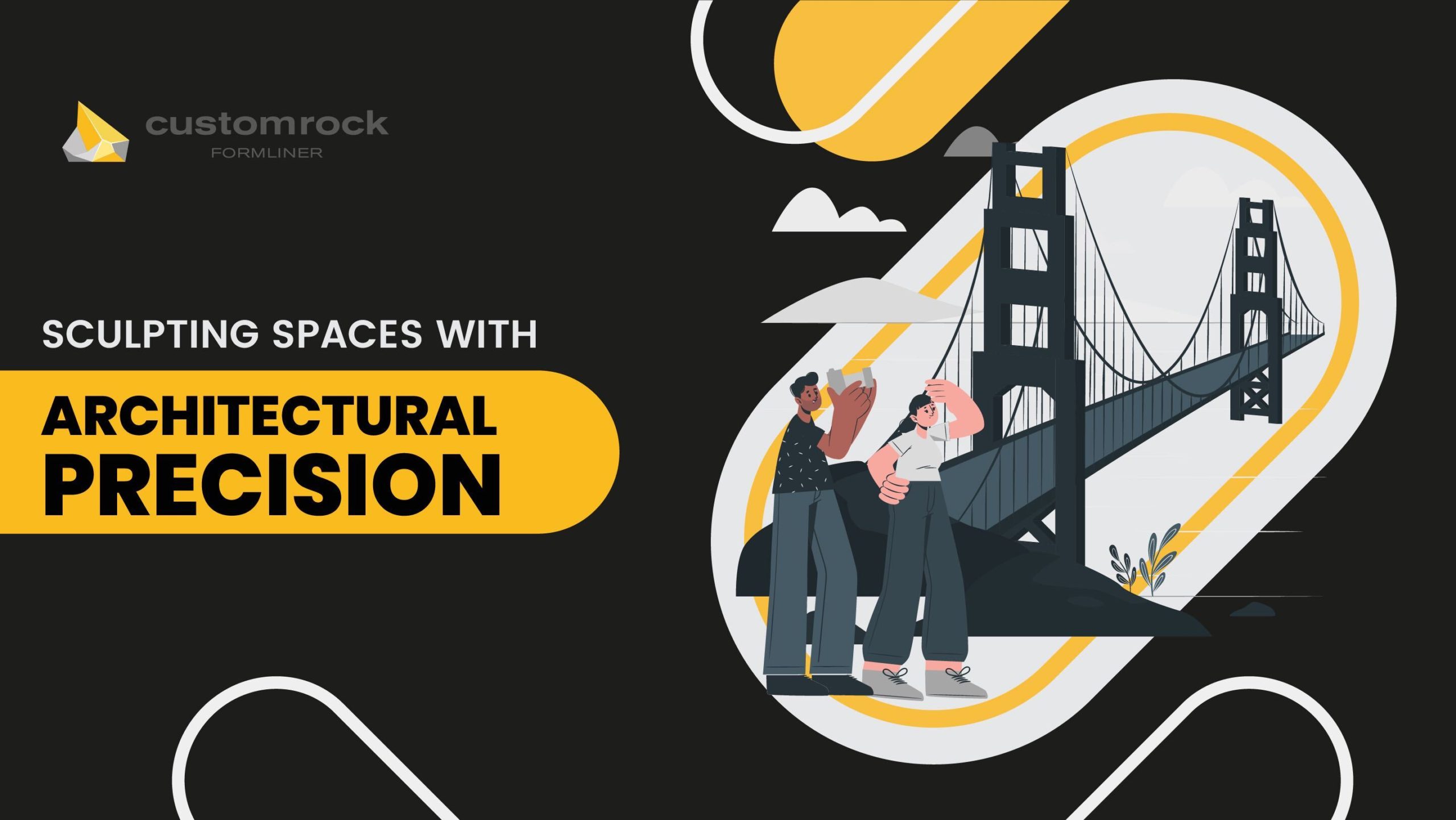TL, DR
People working remotely always dream of having an aesthetic and functional home office. If you are one of them, this article will show you ten ways to design one.
The first step in creating a home office is to select an ideal location. Choose a room with the slightest distraction where you can breathe and work in peace. Invest in quality furniture, such as comfy chairs, a sofa, and a good table like your workstation.
You should prefer a standing table and a quality office chair, which do not ruin posture and help me maintain focus during meetings and overall working hours. I also place my desk where I can get a good amount of sunlight.
However, you need to be mindful of the amount of sun getting in. It should not be so much that it is difficult to look at my computer screen. Moreover, Good lighting makes a space look good, and when it comes to the workplace, it is indispensable to prevent employees from sleeping.
Get some good lights for your home office. If you share a room with someone, go for desk lamps and overhead lights to avoid disturbing the other person. Keep just minimal stuff related to your work, with things you need there and all else removed.
Use storage spaces like shelves and drawers to store the mess, like papers and files. Keep all the required tech gadgets in your space, including a laptop or pc, microphone and headphones, wire extensions, and speakers if you prefer working with music.
Additionally, Choose colors that are good for the workplace but also calming. You can choose any light or bright colors that provide ample brightness. Make sure that your chair has good support.
You can even get some cushions and pillows for comfort. Whether you’re working from home temporarily or permanently, a thoughtfully designed home office can make a difference in your work experience and motivate you towards your tedious job.
Designing the Perfect Home Office: 10 Ways to Maximize Functionality and Aesthetics
The COVID-19 era led to the discovery of new trends and ways to carry out major economic activities. One of the major trends that came with the pandemic was remote work and online financial activities.
Although it was in practice even before, it peaked during that time, and now most businesses have remote work facilities. These remote work facilities demand a proper office environment in your house.
Sitting on the bed with laptops on your lap does not work well in all cases, as it tends to cause bad backaches and spinal cord issues. People still working remotely always dream of having an aesthetic yet functional home office.
If you are one of them, this article will lead you to ten ways to design an aesthetic and functional cool home of fictional.
10 Ways to Maximize Functionality and Aesthetics in a Home Office
1. Choose the Right Location
One of the biggest problems starts with selecting the right location for the office. Choosing a place with so many distractions can create a lot of hindrance in your work hours, and you won’t need more time to work in peace and with focus.
Hence, the first step in making a home office is to select an ideal location. Choose a room with the most minor distractions, where you can breathe and work.
You should prefer choosing an area that does not allow the outside voices to seep in, like the rooms having a gallery; a small window will work well in that room. The most suitable room has a reasonable boundary between home and work and comfort, making it easy to work in peace.
2. Invest in Good Furniture
You can only work well if comfortable. If you have finally decided to design a home office, invest in quality furniture like comfy chairs, a sofa, and a good table like your workstation. You can prefer a standing table and a quality office chair, which does not ruin posture and helps you maintain focus during meetings and overall working hours.
We don’t care about the furniture, but we need to know how important it is to have a presentable workstation. Sitting on a couch with the laptop on a cushion will only arouse you to sleep, whereas a comfortable table and a chair with all accessories placed on nickel will motivate and focus you on your work.
3. Optimize Natural Lighting
Without natural light in your space, you can feel low and demotivated to work. Natural light is extremely beneficial for increasing focus and keeping your mind at peace. Place your desk where you can get a good amount of sunlight.
However, you need to be mindful of the amount of sun getting in. It should not be so much that you feel it is difficult to look at your computer screen. Use blinds and shading devices to control and get the right amount of natural light in your workplace to work without feeling low.
4. Incorporate Adequate Light
Not only is natural light enough in an office, but you also need to incorporate some artificial light. Good lighting makes a space look good, and it is extremely necessary to prevent employees from sleeping in the workplace.
Get some good lights for your home office. If you share a room with someone, go for desk lamps and overhead lights so as not to disturb the other person and to provide a balanced amount of light for your workstation. Lights can also make your workplace look visually appealing.
5. Personalize Your Space
If you are designing an office space for yourself, it should reflect your personality. It should have all those things that resonate with your work personality. Personalize it according to your taste, and place artwork, frames, plants, or anything you think will make you feel attached to your workplace.
It is the best way to connect to your office. Decorate it with things that make you more like yourself. Personalization gives a sense of authority; if you have that authority in your office, you can even work well and excel.
6. Organize and Declutter
You can never find peace and comfort if your workplace is crowded and cluttered. A clutter-free environment increases focus and efficiency, so we suggest removing all extra stuff from the room where you design your office. Keep just minimal stuff related to your work with things you need there and all else removed.
Use storage spaces like shelves and drawers to store the mess, like papers and files. Get a stationary organizer to keep all your pens and stuff, and just like that, keep your home office clutter-free so you can enjoy work without distractions.
7. Incorporate Technology Thoughtfully
Your office should have all the necessary gadgets so you do not have to leave the room to get stuff. Keep all the required tech gadgets in your space, including a laptop or pc, microphone and headphones, wire extensions, and speakers if you prefer working with music.
Any technology associated with the nature of your work should be available within your office premises to avoid unwanted breaks between work hours.
8. Create Zones
Zones are optional. You can create zones if the nature of your work includes different activities. For example, if you are on a research and development team, you need a proper space for reading and brainstorming. Here, you can specify the corners of your room for different activities.
This will help you work calmly without creating any mess in the room, and moving from one corner to another for various activities throughout the work hours will keep you focused and not make you feel bored in one place.
9. Use Colors
The colors you use for your office can trigger your focus and aesthetics. Choose colors that you feel are good for the workplace but also calming. You can choose any light or bright colors that provide ample brightness.
Choose colors like lavender, sky blue, and blossom pink that keep up with your aesthetic approach and are suitable for an office. Do not choose colors that tend to dull the lights, and the room becomes dim and unable to work in.
10. Prioritize Comfort
You must have been physically present in the office if you would have chosen to be uncomfortable. What makes the home office different is the comfort you get there. Make sure that your chair has good support.
You can even get some cushions and pillows for comfort. Get a footrest to support your feet, and choose everything that is not bad for your posture or triggers your comfort, as you need to be comfortable at home, or the office is the right place to work.


